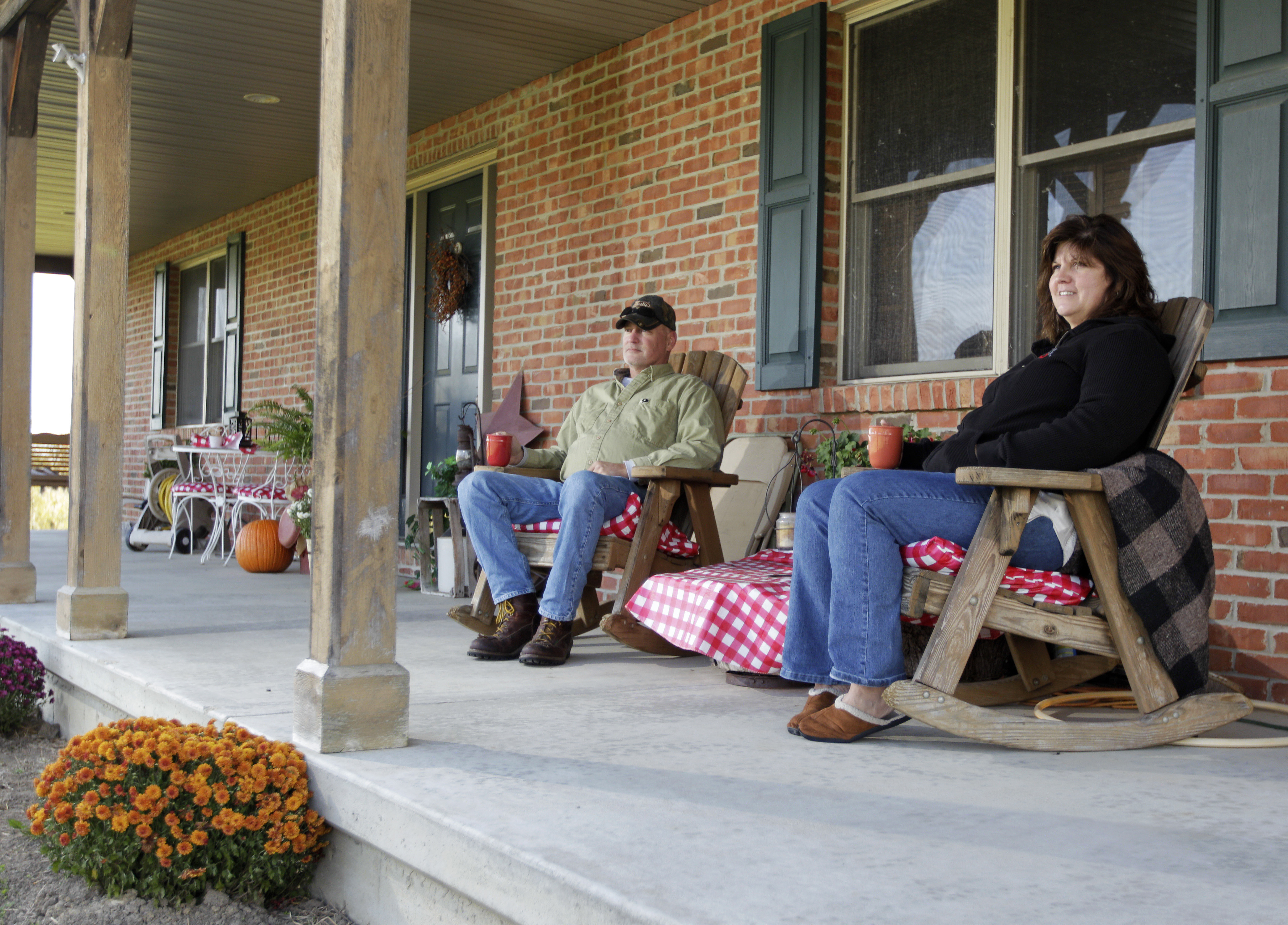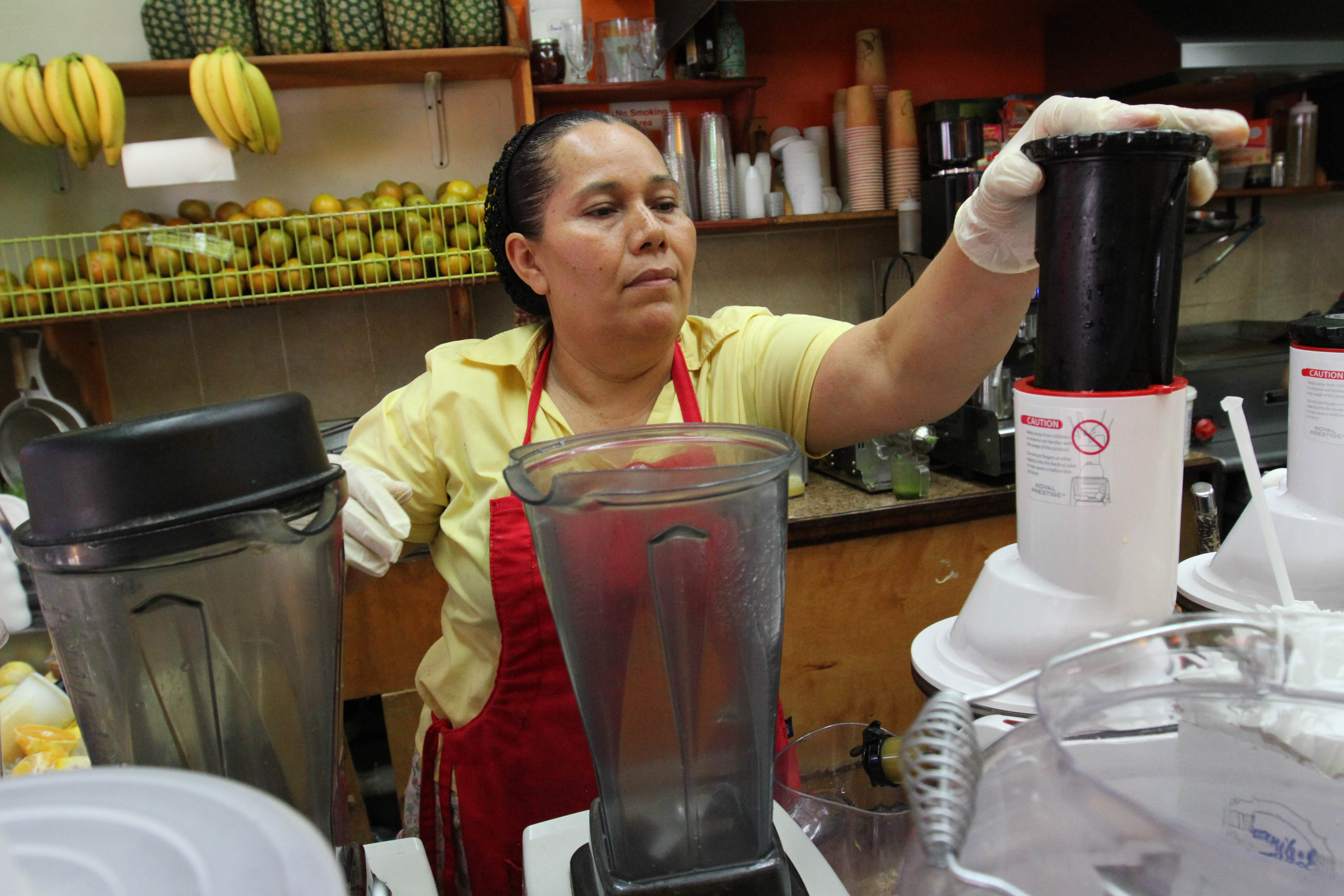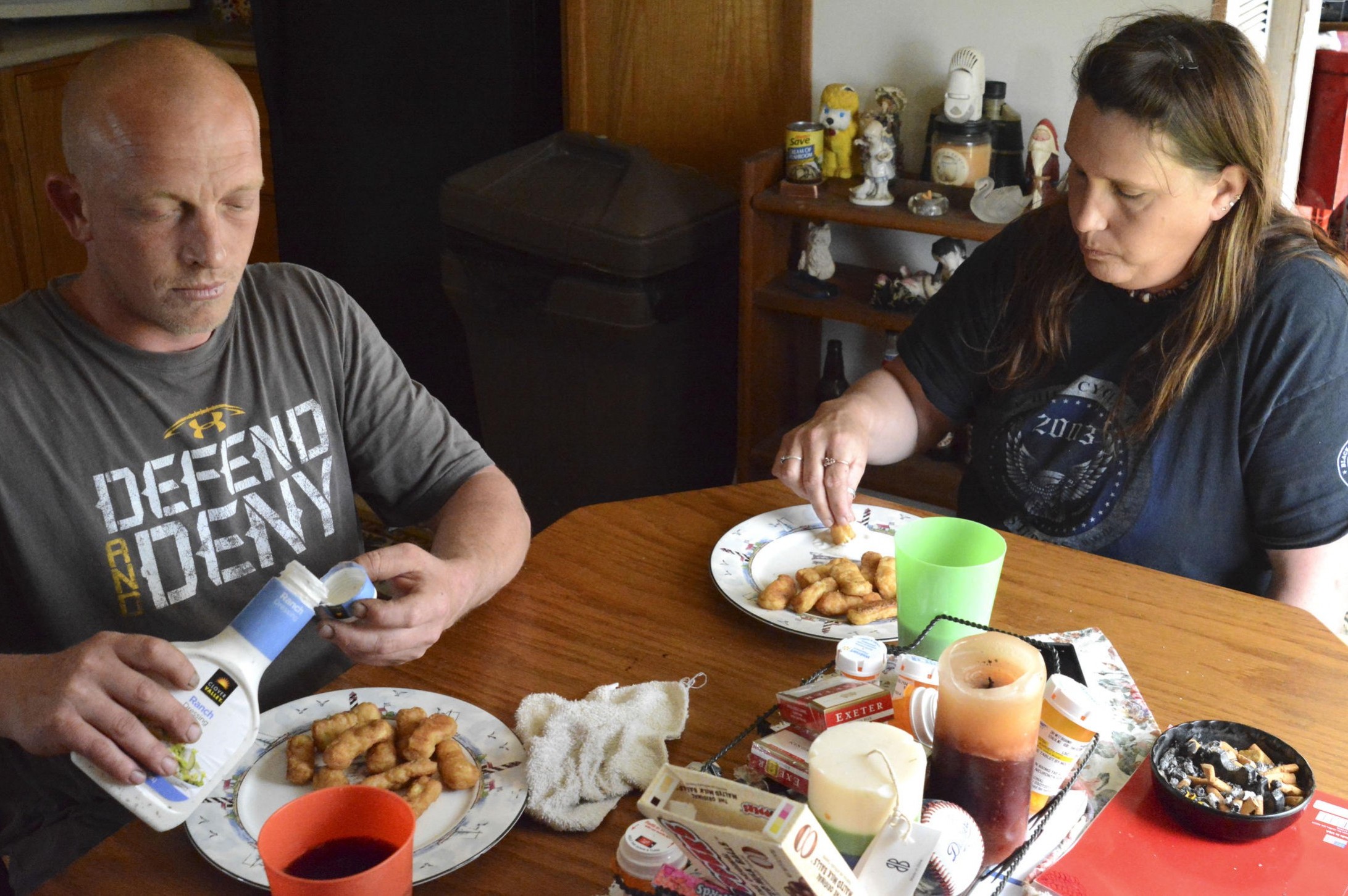After we packed what was left of our belongings into our rusted-out minivan, my siblings and I loaded in to avoid the rain. We squeezed in among the garbage bags full of clothes, the kitchen appliances, and the weathered, mud-covered camping tent—our home for the past week. My mother slumped in the driver’s seat, defeated. Face buried in her hands, she pleaded between quiet sobs, “What did we do to deserve this?”
My mother’s words suggested that our circumstances were our fault, as if we were being punished for sins of the past. I know now that we were just poor and doing the best we could to survive—and there were many other families in rural America like us, struggling to make ends meet.
Get TalkPoverty In Your Inbox
Substandard Housing
Before my family occupied a tent on a campsite, we lived in substandard housing in rural Magnolia, Illinois. The only house we could afford was in disrepair—the plumbing was a patchwork of burst pipes, some rooms did not have insulation, and all eight of us were crammed into three small bedrooms.
My parents were determined, so they persuaded the owner to allow us to live as rent-paying tenants while my father—a carpenter by trade—worked to make the house livable. My parents invested a lot of money, time, and care to make that house our home, rather than some unit of housing stock: they repaired a leaking toilet, brought running water to the bathroom sink, closed the porch to make a new bedroom, and added insulation. The only time the owner paid for maintenance was when the septic system collapsed and flooded our house with waste.
Though substandard housing is often described in terms of urban blight, suburban and rural families are actually twice as likely to face issues with things like “incomplete plumbing,” like my family did. What’s more, minority families in suburban and rural areas are twice as likely as their white, non-Hispanic counterparts to live in substandard housing—a statistical double whammy for my family.
Eviction
After about a year, my family was served with an eviction notice for “refusal to pay.” The landlord was actually refusing to take payment in order to force us out, but the deck was stacked against us—and against tenants in general—in court. Careful documentation of past rental payments and major investments in the property offered no protection from being evicted without cause. My mother recalls, “we went to court to fight [the eviction], but knew we wouldn’t win.” And we didn’t.
The court determined that we had 30 days to vacate the premises. My parents searched desperately for housing options, but the eviction itself tainted our rental applications. One landlord seemed willing to overlook the risks associated with renting to an evicted family with six children, but when he heard our Latino surname—Oquenda—he suddenly struggled to find available space for us. According to a 2012 HUD report on housing discrimination, that’s fairly common: Hispanic renters are both “told about” and “shown” 12.5 percent and 7.5 percent fewer available units, respectively, than equally qualified white, non-Hispanic renters.
That is how we ended up homeless, living at a campsite in Marseilles, Illinois.
Homelessness
During our time at Marseilles’ Glenwood campgrounds, there were daily torrents of rain that flooded our tent and damaged our belongings. At one point, the runoff was so strong that it carried away our food cooler (we didn’t have a refrigerator), spilling our food out over the campsite and destroying the bread and buns we used for peanut butter and jelly and hot dogs.
Eventually the mud seeped through the tent’s openings, covering our clothes and blankets, and the tent became infested with ants and other insects that were seeking cover from the weather. This was a low-point for my family.
Eventually the rain stopped, and we found another site: Maple Leaf Park. Some of my fondest memories took place there: learning to swim, living off the crawdads and fish in the ponds, and singing songs around the fire we built from wood we gathered. We had help from food stamps and the grounds had showers, but most importantly our family’s morale rebounded.
After two more weeks at the campsite, someone offered us help. A friend let us stay with his family. Since resources like shelters and food banks are few and far between in rural areas, many homeless families end up in crowded housing or “doubling-up” with extended family or friends. We lived with that family for a few weeks before we found another home in Henry, Illinois.
Though the house in Henry also was substandard—incomplete plumbing, lack of insulation, and faulty electricity—we made it our home. It certainly beat the rain.
What’s Next
My family’s experience isn’t unique. On any given night in 2015, 32,800 Americans in rural families experienced homelessness. What’s more, the practical challenges of counting homeless people in rural areas means we may be underestimating the true size of the rural homeless population.
Structural issues—such as higher poverty rates; inadequate transportation; and limited access to shelters and services like health, mental health, and child care—make people and families who live in rural areas particularly vulnerable. This helps explain why rural homeless families are disproportionately likely to go without shelter: in 2014, rural families accounted for 15.7 percent of all homeless families, but almost 27 percent of all unsheltered homeless families (families without access to service shelters who usually live in cars, in tents, or on the street).
The rural housing crisis is not intractable. Policymakers should start by improving data collection on rural homelessness, so that they have a complete picture of the issue. They should also increase efforts to document and reduce discrimination in renting, and improve access to affordable legal services so that families stand a fighting chance when they risk losing their homes. To support the families who become homeless, policymakers should improve accessibility to shelters and other services in rural areas. Additionally, the U.S. Department of Agriculture (USDA) should reinstate Section 515 grants to build more affordable rural rental housing, and increase the direct loan program funding under USDA Section 502 to provide more assistance for rural homeowners.
These reforms are only possible if we choose to accept housing as a meaningful right for all Americans. Then, campgrounds could remain mainstays of family vacations—not crisis centers for homeless families.













